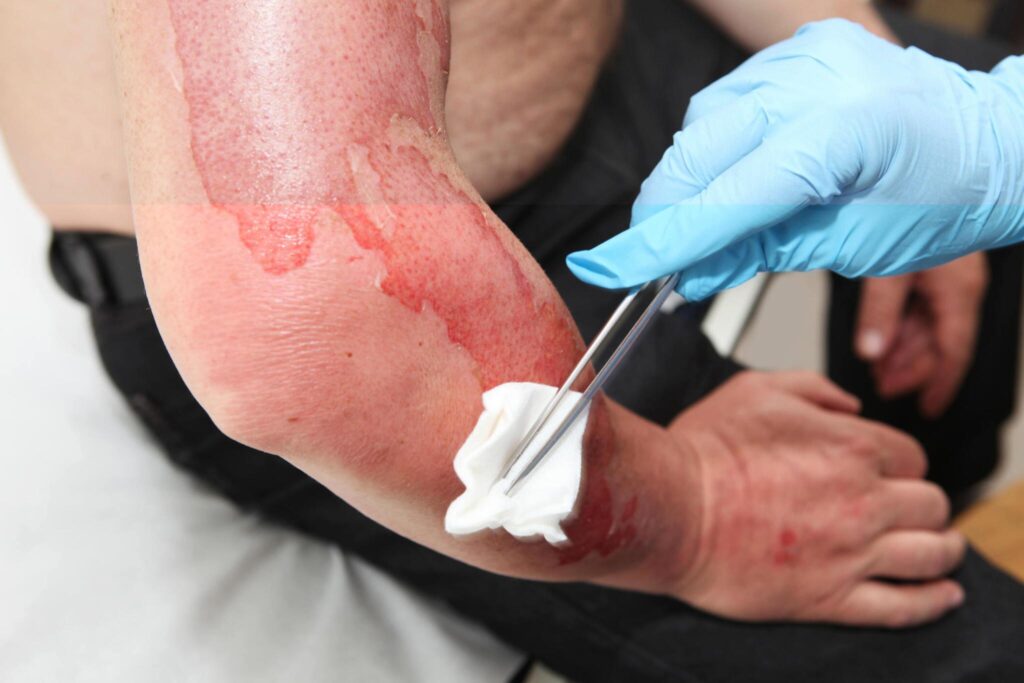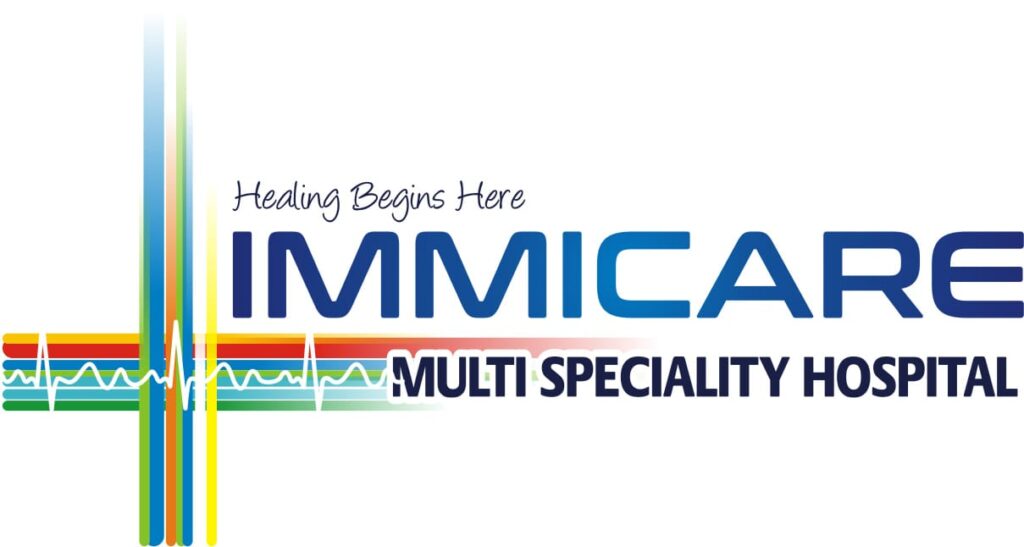Treatment of Burn Patients

The treatment of burn patients depends on the severity of the burn and can range from basic first aid for minor burns to specialized care for severe burns. Here’s an overview of the general approach to treating burn patients:
Assessment of Burn Severity:
Superficial (First-Degree) Burns: These involve only the outer layer of the skin (epidermis) and are characterized by redness and mild pain. They usually heal on their own without medical intervention.
Partial Thickness (Second-Degree) Burns: These affect both the outer layer and part of the underlying layer of skin (dermis) and may cause blistering. Medical attention may be required.
Medical Treatment:
Pain Management: Over-the-counter pain relievers or prescription medications may be used to manage pain.
Cleaning and Dressing: Cleanse the burn gently with mild soap and water. Apply a sterile, non-stick dressing to protect the burn and reduce the risk of infection.
Prescription Medications: In some cases, antibiotics or other medications may be prescribed to prevent or treat infection.
Specialized Care for Severe Burns:
Hospitalization: Extensive burns, especially third-degree burns, often require hospitalization in a burn center.
Fluid Replacement: Severe burns can cause dehydration and shock. Intravenous (IV) fluids are administered to maintain hydration and support blood pressure.
Wound Care: Burn wounds may require specialized care, including debridement (removal of dead tissue) and skin grafts.
